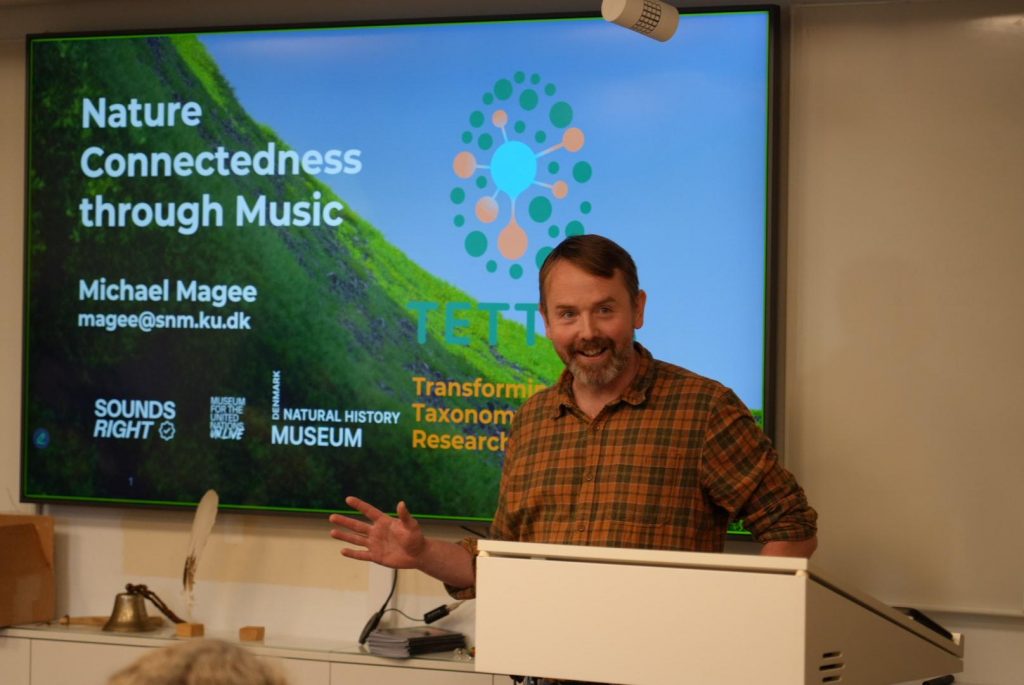Some members of TETTRIs, Leonardo from ECSA and Michael from the Natural History Museum of Denmark, have traveled to Gothenburg to join their TETTRIs colleagues Kate, Åsa, Kennet, and Jenny from the Gothenburg Botanic Gardens and the Global Biodiversity Centre in the Swedish Biodiversity Symposium!
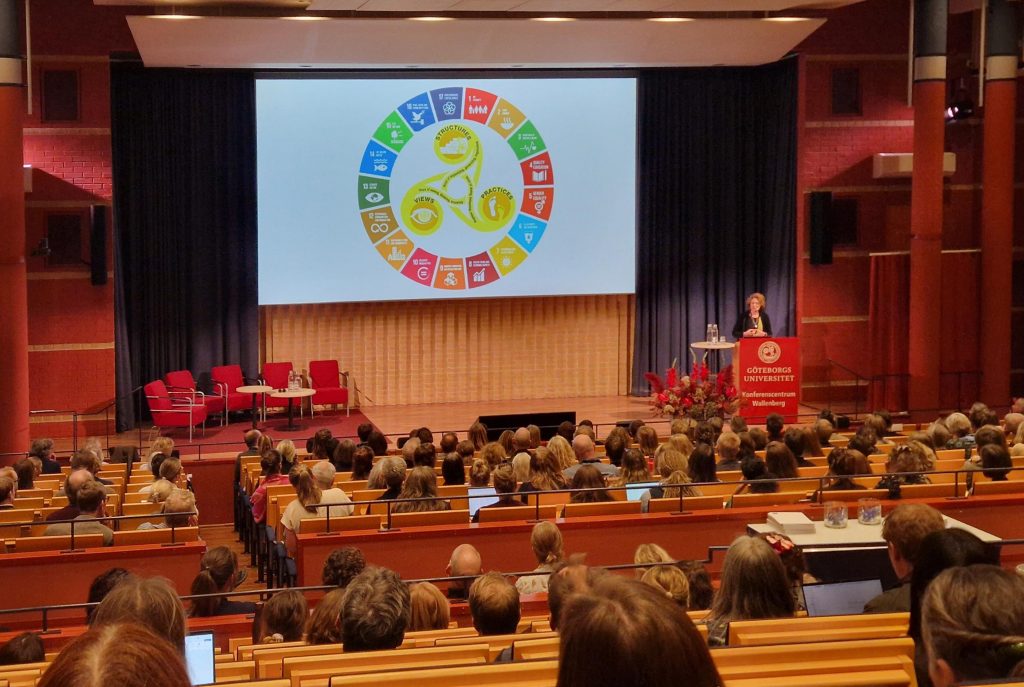
The main theme of this year’s in the Swedish Biodiversity Symposium is “Transformative Change – from Knowledge to Action.” This resonates perfectly with where the TETTRIs project stands today: we are deep in our action phase, translating research and collaboration into tangible outcomes.
Throughout the three days of the event, TETTRIs is present with an information booth and three dedicated talks, giving us the opportunity to share insights, exchange ideas, and build new partnerships.

There is also growing enthusiasm and support for the Taxonomy Recognition Day, a global celebration on May 23rd — the birthday of the renowned Swedish naturalist Carl Linnaeus, often called the father of taxonomy.
We’re excited to connect, collaborate, and continue taking action together!
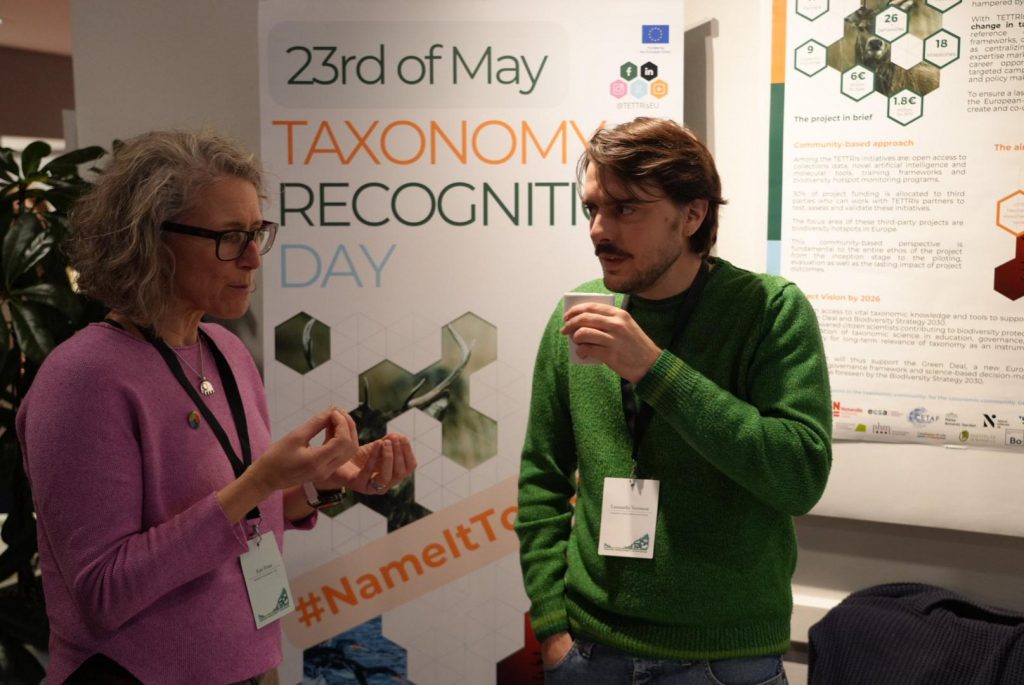
Leonardo Veronesi – ECSA and the Footprints Project
Moreover, Leonardo Veronesi has been working closely within TETTRIs with our satellite project, Footprints.
Based in Norway, Footprints invites citizens to send pictures of animal tracks found in snow and mud. Through machine learning, these footprints are identified, helping to fill a knowledge gap by improving understanding of which animals are found in Norway and where.
Following his talk, Leonardo joined a panel discussion on how digital tools can be utilised for transformative change.

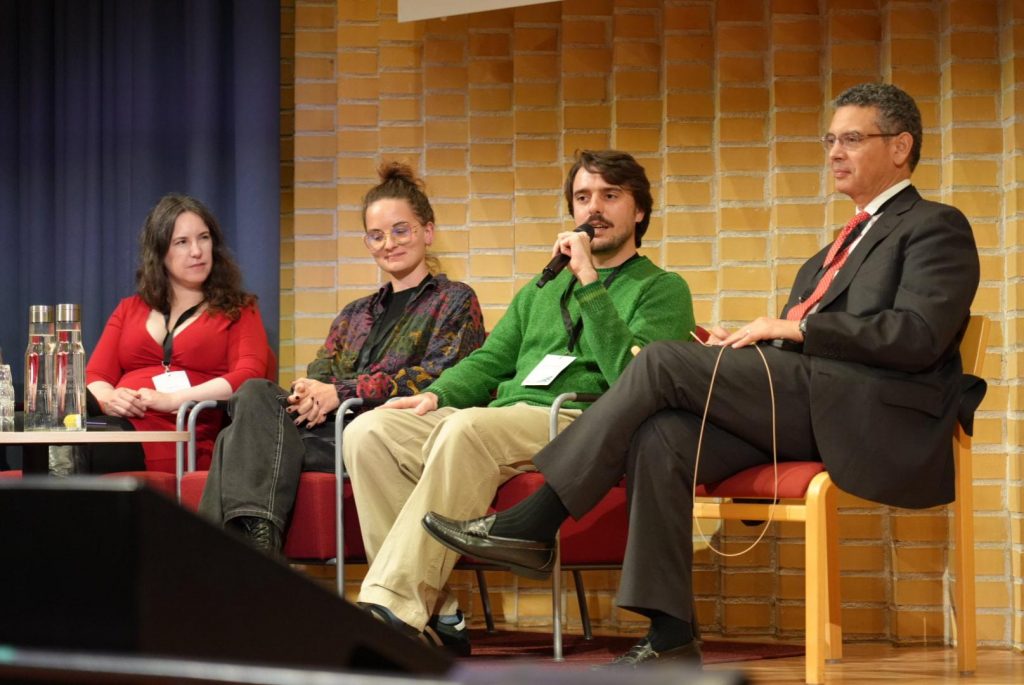
Read more about the Footprints project here.
Kate Evans – Gothenburg Global Biodiversity Centre
Meanwhile, Kate Evans, from the Gothenburg Global Biodiversity Centre, is leading within TETTRIs the task of writing a blueprint for building taxonomic capacity. This paper will bring together all the learnings and outcomes achieved across the project.
During the Swedish Biodiversity Symposium, Kate presented both TETTRIs and the blueprint, sparking interest and discussion among participants.
“Talking about biodiversity without taxonomy is like trying to build a puzzle without the pieces.”
In addition, the finished blueprint will be openly available by April 2026, ensuring that its insights can be shared and applied widely across the biodiversity community.
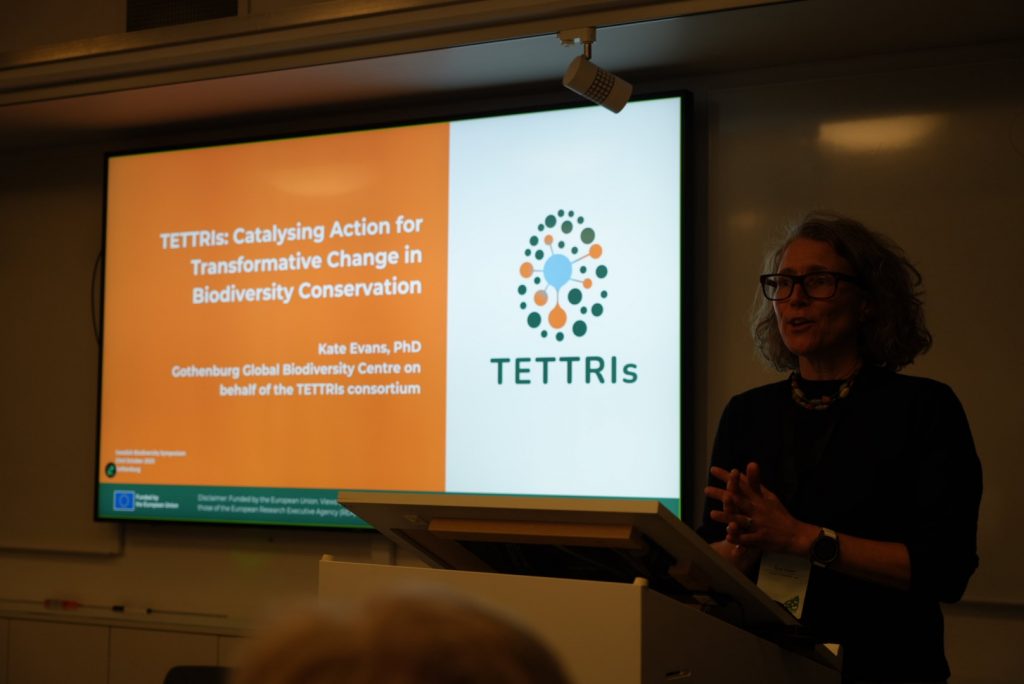
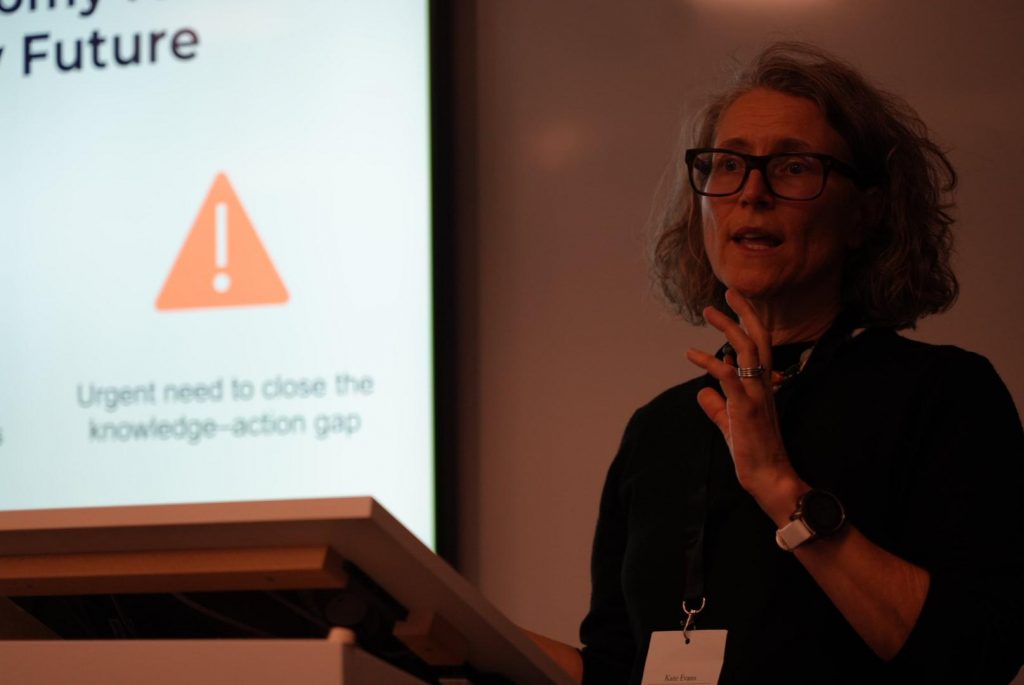
Michael Magee – Natural History Museum Denmark
As part of this work, Michael tested new ways to engage young people. One of these innovative methods was presented at the Swedish Biodiversity Symposium.
In collaboration with musicians from the powerful NATURE the Artist campaign, groups of young people joined guided nature walks. During these walks, they listened, identified species, and co-wrote music together.
As a result, the excursions became a successful way to boost #natureconnectedness and introduce participants to species identification apps. Moreover, there was great enthusiasm for applying these methods in Sweden.
